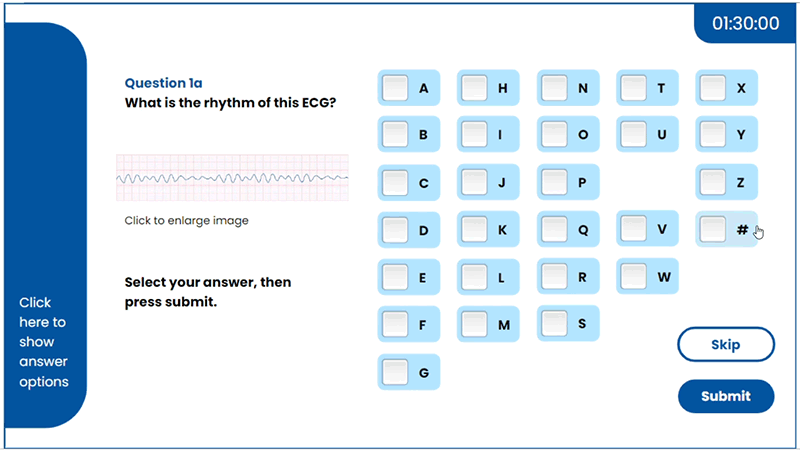Sometimes simple is best
- Joanna Smith

- Feb 18
- 3 min read
High tech or low tech?
From immersive simulations to flashy animations, and even AI integrations - there’s always something shiny and new in the digital learning space. As Learning Designers, it’s tempting to think that the fancier the tech, the better. Who doesn’t want to play with the latest AI integration? But the truth is, good learning doesn’t necessarily require fancy tech.
Take, for instance, a project we worked on for a resilience training programme. Instead of going digital-heavy, we designed simple conversation cards for team leaders to use with their teams. The aim was to prompt discussions on resilience, helping teams reflect on challenges and how they can bounce back. There was a short tech component (a YouTube video accessed via a QR code), but the emphasis was on real, human conversations. And in this case, it wasn’t the tech but the discussions that sparked meaningful engagement and learning. Further, part of resilience is connecting meaningfully with other people, so it made a lot of sense to foster that connection as part of the learning experience.
Not Every Learner is Tech-Savvy
In another project, we were designing training for a group of learners that included a large portion of retired people. The target audience had varying levels of technical literacy, and some weren’t comfortable navigating complex digital platforms. So, while we did opt for an eLearning solution for pragmatic, and organisational reasons, we chose Articulate Rise over some other authoring tools available. Why? Because it has a simple, intuitive interface that doesn’t overwhelm learners. We also made sure all the interactive elements had clear instructions. The key is making sure the tech doesn’t get in the way of the learning.
Simple vs. Fancy: When to Choose Which
It’s important to know that sometimes fancy eLearning is absolutely the right choice. For example, when presenting software simulations, using interactive, immersive experiences can be incredibly valuable.
We’ve also seen AI integrations be put to good use in being able to translate a course on demand for learners who are more familiar with a different language. That’s definitely a value-added, not a ‘bells and whistles’ extra.
Complex eLearning scenarios are also great when learners need to practice soft skills in a safe, controlled environment, and when they would benefit from being able to practice a scenario multiple times. They can experiment with different options, which is great, especially at the earlier stages in their learning journey. With soft skills in particular, however, it makes sense for these to be eventually brought into the ‘real world’ with real-life role play simulations, once the learner has got the basics down pat.
But sometimes, when a client requests a complex solution from us, we might get back to them with a more simple (and honestly – more cost effective) solution. Recently, in response to a request to design an eLearning module with extra Javascript built in to provide the learner with their responses to take away at the end, we recommended a much more traditional option – a workbook. If they’re writing for themselves anyway, they can write it on paper, or even on digital paper. In that situation, we didn’t feel that it would add any value to the learner experience for the reflections to be written directly in the eLearning module.

Keep the learner and outcomes in mind
The main takeaway here is that the learning solution should be designed to meet the needs of the learner and to satisfy the learning outcomes. The tech options are a supporting choice, not the main event. At the end of the day, if a simple, low-cost solution would work best, we’ll always recommend that.




















